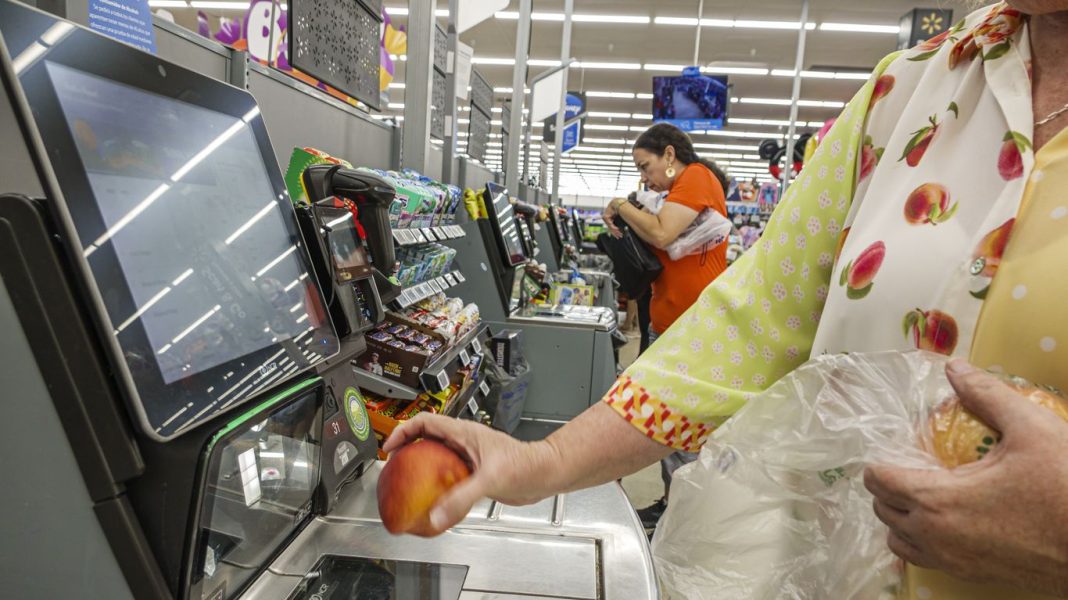A fresh twist has landed on America’s dinner plates, straight from the White House. The Trump administration has announced a significant move, dropping import taxes on a broad spectrum of food items, ranging from staple proteins like beef to popular fruits such as bananas. This isn’t just a minor policy tweak; it’s a bold stroke that promises to ripple through grocery aisles, farming communities, and international trade relations, potentially reshaping how we fill our fridges and what we pay for it.
For many, the immediate allure is clear: lower prices. In an economy where every dollar counts, a reduction in the cost of essential goods could be a welcome relief. But like any major economic shift, the story is often more complex than the headline suggests, inviting a closer look at the potential winners, the looming questions, and the broader implications for the nation’s food ecosystem.
The Grocery Cart Gets Lighter (Potentially)
The core promise of this tariff rollback is straightforward: by removing or significantly reducing taxes on imported foods, the cost for importers and retailers decreases. Ideally, these savings are then passed on to consumers, leading to more affordable prices at the checkout counter. Imagine your weekly grocery bill for items like ground beef, your children’s favorite banana snacks, or perhaps even certain cheeses and vegetables from abroad – potentially seeing a noticeable dip.
This initiative targets a diverse basket of goods, reflecting a strategy to impact a wide range of consumer spending. For households grappling with the ever-present challenge of food budgets, this could mean genuine relief. It’s a direct economic incentive aimed squarely at increasing purchasing power and making everyday staples more accessible. The rationale is simple: if foreign goods become cheaper to bring in, consumers benefit from expanded choices and more competitive pricing across the board.
Navigating the Economic Currents: Domestic vs. Imported
While the prospect of cheaper imported goods might sound universally appealing, such policy shifts invariably create economic currents that affect different sectors in distinct ways. For importers and distributors, this move is largely positive, streamlining their supply chains and potentially boosting their margins or market share. For consumers, the benefits of affordability and variety are clear.
However, the picture becomes more nuanced when we consider domestic producers. American farmers and ranchers, who often face a different set of costs and regulatory environments, could find themselves in a more challenging competitive landscape. Cheaper imported beef, for example, might put pressure on the prices commanded by U.S. cattle ranchers. This isn’t a new dilemma in trade policy, but it’s one that always sparks considerable debate.
“While consumers might cheer for lower prices on imported goods, we must also consider the competitive landscape for our domestic producers,” says Dr. Elena Rodriguez, an agricultural economics expert. “Striking the right balance between affordability and supporting local agriculture is key to a sustainable food system for our nation.” Her point underscores the delicate balance policymakers often attempt to strike between immediate consumer benefits and the long-term health of domestic industries.
Broader Implications on Trade and Supply
Beyond the immediate price tags and farm gate concerns, this policy also signals a particular stance on international trade. Reducing import taxes, often called tariffs, can be a tool to ease trade tensions, foster stronger economic relationships with exporting countries, or even address inflationary pressures by increasing the supply of goods. It represents a potential pivot towards a more open trade environment for these specific categories, at least, moving away from protectionist measures that prioritize domestic industries at higher consumer cost.
This could also lead to a diversification of food sources, strengthening supply chain resilience. Relying on a wider array of international suppliers could make the U.S. less vulnerable to localized disruptions, whether from weather events, geopolitical issues, or other unforeseen circumstances impacting a single source. It’s a strategic play that could have far-reaching effects on our national food security and variety.
The Bottom Line: A Complex Plate
Trump’s decision to drop import taxes on a range of foods, from beef to bananas, sets the stage for a compelling economic experiment. For consumers, the promise of a lighter grocery bill is undoubtedly appealing, potentially putting more money back into household budgets. For importers and retailers, it opens new avenues for supply and competitive pricing. Yet, for America’s farmers and ranchers, it introduces new competitive pressures that will need careful monitoring.
As these new policies take root, the real impact will unfold over time. Will the savings truly reach the consumer? How will domestic agricultural industries adapt? And what long-term effects will this have on America’s trade relationships and food independence? Only time will tell if this move truly delivers a feast of benefits for all, or if it presents a mixed menu with hidden costs for some.




